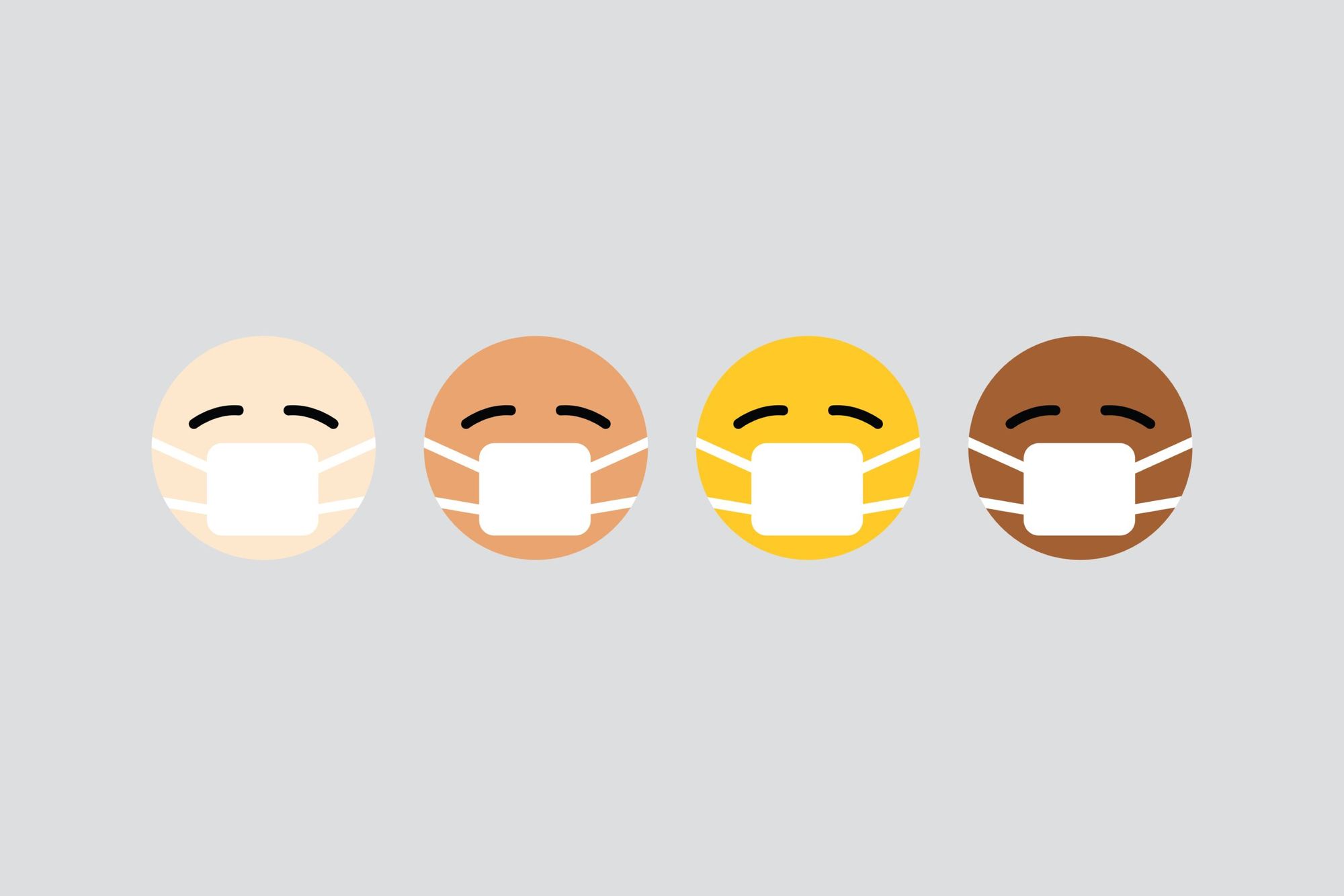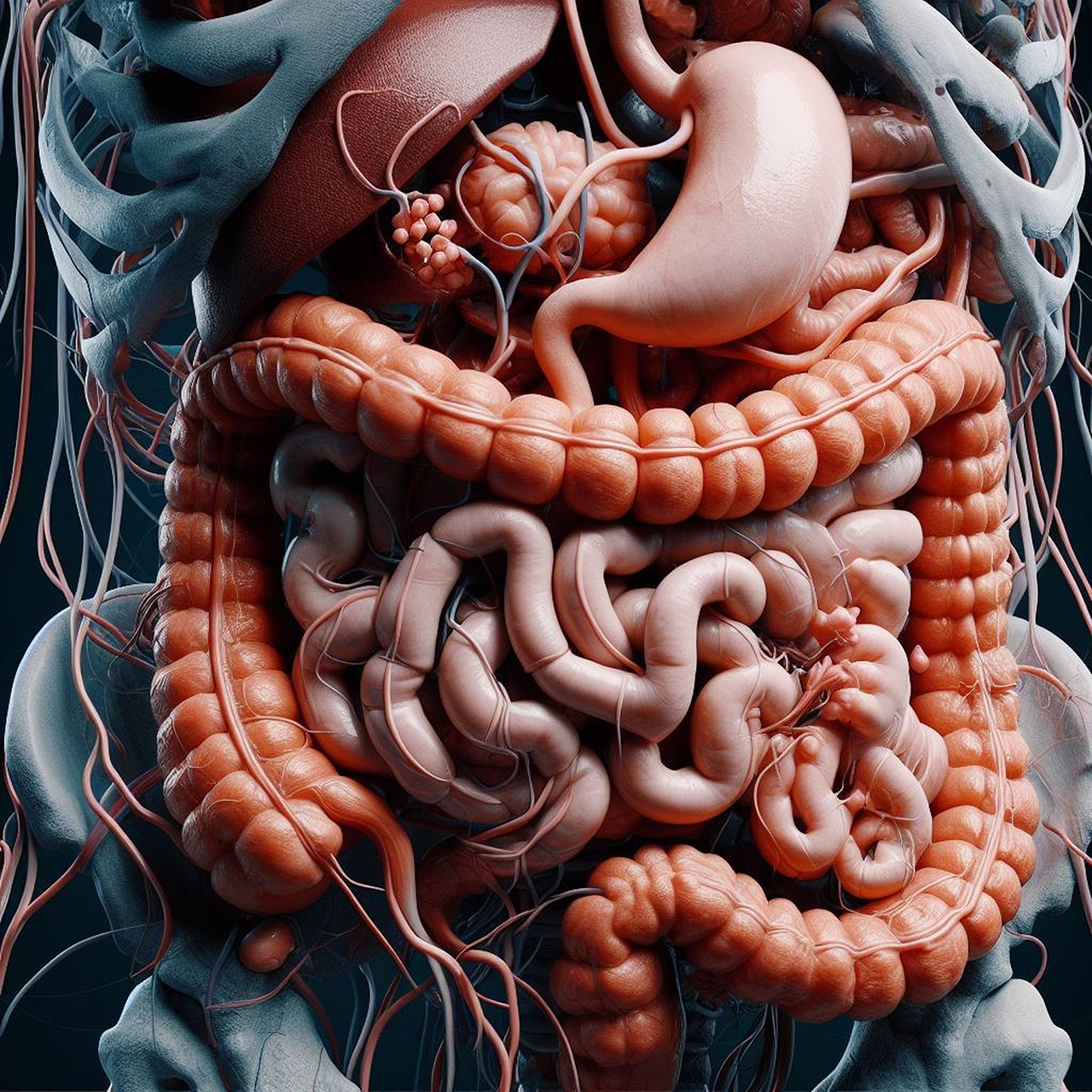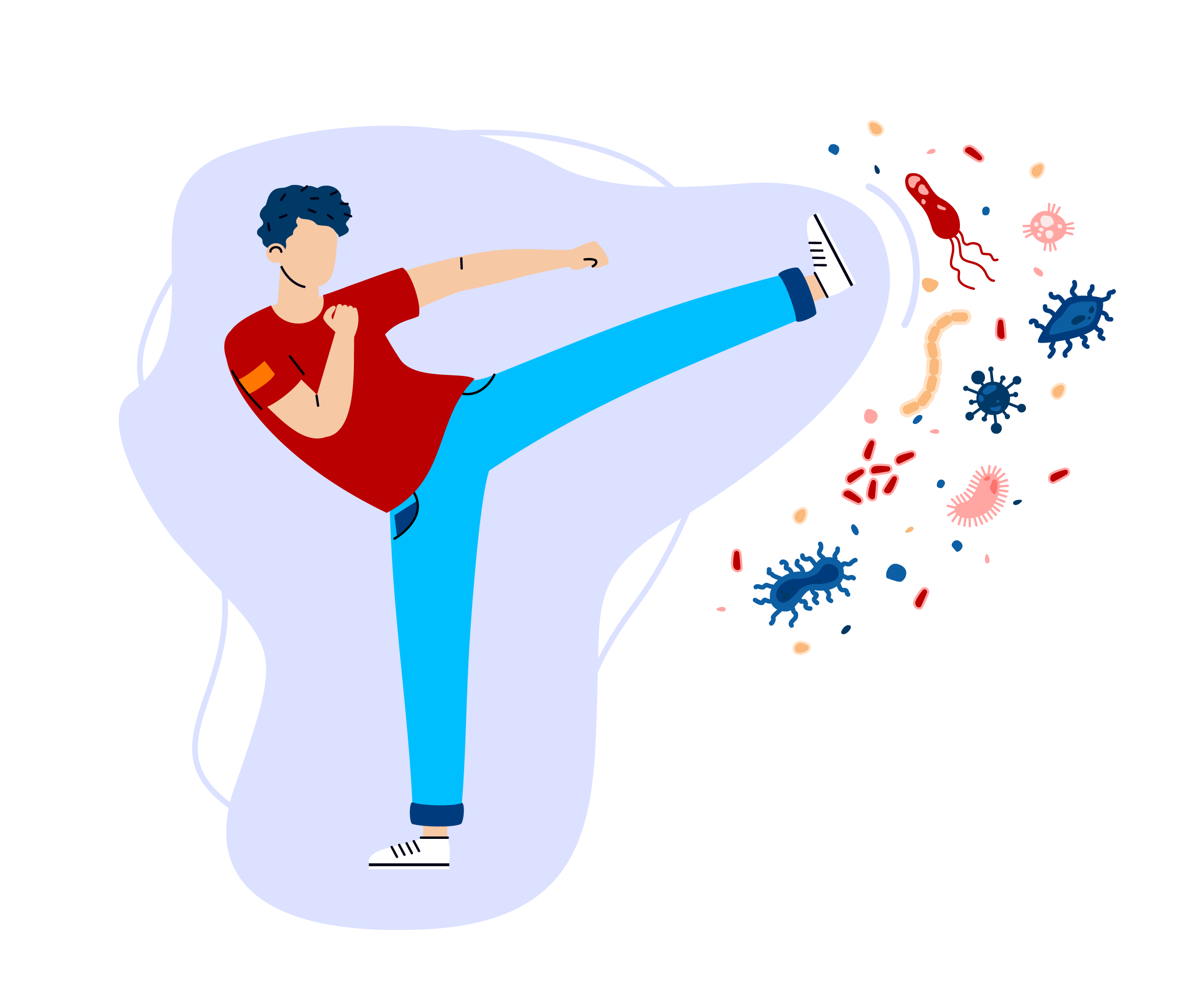
The COVID-19 pandemic is not going away yet. Even though it has been over two years, and most of us are vaccinated, new COVID variants are causing people to continuously get breakthrough infections and spread the virus to others. Even vaccinated individuals can experience severe symptoms that get them quite sick, depending on the variant of COVID they are exposed to.
Currently, estimates predict there have been more than 499 million cases of COVID-19 reported worldwide since the start of the outbreak, and over 6 million COVID-related deaths.
From day one, since the virus was initially discovered, the focus of countless public health committees and government groups have been on the task of protecting citizens and championing prevention. Virtually every country has its own list of rules to follow on how to counteract the pandemic, from wearing a mask in public, to getting your COVID vaccine.
While emerging cases of COVID are beginning to dwindle in some parts of the world, it’s still essential for everyone to take the correct precautions to protect themselves. In some parts of the world, COVID case numbers are still very high.
Curious how you can build the right defence against COVID? Below are some safety measures you should still be taking to protect yourself from COVID-19:
Step 1: Know your Risk Level
The first step in protecting yourself against any ailment is understanding your risk. While anyone can fall victim to COVID-19, some people are more likely to suffer from severe symptoms, repeat infections, and significant side effects.
If you’re at higher risk of suffering from a severe reaction to coronavirus, you may need to take extra precautions to protect yourself, such as isolating where possible, and avoiding public spaces. The risk of getting COVID-19 is higher for:
- Older people: While people of any age can catch the illness, it commonly affects middle-aged adults, and older individuals. The risk of developing dangerous symptoms is also higher with age. Around 75% of deaths caused by the disease were in people over the age of 65 in the US.
- People with lung or respiratory problems: COVID, similar to many forms of coronavirus, targets the lungs. If you already have chronic lung problems (cystic fibrosis, COPD, lung cancer, or asthma) you could be at higher risk of experiencing severe symptoms. Some medications for lung conditions can also weaken your immune system, meaning you will be less protected.
- Heart disease: Various forms of heart disease make you more likely to develop severe symptoms, including heart failure, cardiomyopathy, and coronary artery disease.
- Diabetes and obesity: Type 1 and 2 diabetes can increase your risk for a series of COVID-19 symptoms, as can a higher body mass index (BMI 30 and above). Both of these conditions will influence how well your immune system can work to fight off the virus.
- Those with a weakened immune system: A weakened immune system caused by arthritis, organ transplants, cancer treatments, use of long-term drugs and bone marrow transplants can all make it harder to fight off infection.
Brain and nervous system conditions such as dementia, certain cancers, and blood disorders (sickle cell anaemia and thalassemia) and chronic kidney and liver diseases may also increase your risk.
Speak to your doctor about your risk level, and consider testing your antibody levels for COVID-19 to help determine how protected you are following your vaccination.

Step 2: Get your Vaccines and Booster Shot
The COVID vaccine is the number one form of protection against the virus. This vaccination was specially created to reduce your risk of getting COVID-19 and lower the threat of potentially fatal symptoms. While the COVID-19 vaccine is highly effective at preventing you from getting sick and suffering from serious symptoms, it’s crucial to keep your vaccine up-to-date.
Even if you’ve had both of the recommended doses for your COVID-19 vaccine, you should still look into getting booster shots when you’re eligible for them. Booster shots are essentially a top-up of the various antibodies and strengthen immune-system which supports your body to fight the virus.
As new variants of COVID-19 continue to emerge, it’s becoming increasingly important for people of all ages and backgrounds to take advantage of the booster shot.
Your vaccine and booster shots don’t just protect you from the virus, they also ensure you’re taking the best possible steps to protect others. Rapid adoption of the COVID-19 virus and available boosters is widely regarded as the key to ending the pandemic.
Step 3: Know When to Wear Masks and Distance Yourself
The rules and guidelines for when and where to wear masks are constantly changing in different parts of the world. Everyone aged 2 years and older is advised by the CDC to wear a mask in public areas where community levels of COVID-19 infection are high.
You should also wear a mask indoors if you have a weak immune system, are at high risk, or are sick and need to be around others.
Wearing a comfortable, well-fitting mask over your nose and mouth is required on most public transportation systems, including buses, planes, trains, and cabs. Certain private facilities may also ask you to wear a mask at all times indoors, so check for any rules or guidelines signposted in the buildings you visit.
Wearing a mask helps to prevent the spread of COVID-19 virus particles, by stopping them from moving through the air when someone coughs or sneezes. However, it’s also helpful to follow distancing guidelines to protect yourself and others even further.
If you’re not up-to-date on your COVID-19 vaccines, you will need to continue staying at least 6 feet away from other people. It’s also worth staying away from crowded spaces, particularly if you’re at high risk, as this increases your chances of exposure.
Step 4: Take Rapid Tests to Prevent the Spread
Testing your COVID status regularly is an important part of making sure you’re protecting both yourself and others from the risks of coronavirus. There are many different kinds of tests available today, such as:
- Viral tests: Viral tests check for SARS-CoV-2, the virus responsible for causing COVID-19 infections, and can tell you if you have a viral infection.
- Rapid antigen tests: Rapid antigen tests look for COVID-19 antigens, and can be performed rapidly, giving results within 15-30 minutes.
- RT-PCR tests: These are extremely accurate tests capable of looking for COVID-19 by testing SARS-CoV-2 RNA. However, they can take longer to perform (up to 24 hours)
Rapid tests conducted from home are often a popular choice for people who want to look for signs of an infection before interacting with other vulnerable members of the community. It’s helpful to have some tests on-hand to check yourself whenever you notice symptoms.
The Circle HealthPod is a portable COVID testing device that can help you determine your COVID status from home in less than 20 minutes.

Step 5: Practice Good Hygiene
Similar to social distancing and wearing a mask, practising good hygiene is another way to reduce your chances of a COVID-19 infection. Washing your hands regularly with soap and water for at least 20 seconds will help to stop the spread of bacteria and microbes which contribute to infection.
If soap and water isn’t available, you can use a hand sanitizer containing at least 60% alcohol to get similar results. You should be particularly careful to wash your hands:
- Before preparing or eating food
- Before you touch your face
- After using a bathroom
- When you leave a public place
- After handling your mask
- After caring for someone sick
- After coughing, sneezing, or blowing your nose
Cover coughs and sneezes to prevent the spread of virus particles through the air. If you’re not wearing a mask, make sure you wash your hands with soap and water after sneezing or coughing. If you are wearing a mask, change the mask after coughing or sneezing, and clean your hands.
Aside from keeping yourself clean and covering your mouth when coughing, you should also be disinfecting the areas you interact with on a regular basis. Clean high-touch surfaces regularly (particularly after people visit your home), such as tables, light switches and handles.
If someone tests positive for COVID-19 in your home, take extra care to clean all the surfaces and substances they interact with.
Step 6: Monitor your Health
It’s important to educate yourself on the symptoms of COVID-19 so that you can monitor yourself for these symptoms. The symptoms of COVID-19 can include having a fever, body aches, shortness of breath, coughing and having a sore throat. Many people mistake COVID-19 for a common cold or flu, because the symptoms can be so similar to a common cold or flu.
Remember, the symptoms can vary from one variant of COVID-19 to the next, so make sure you’re up-to-date with the latest CDC guidance.
If you do develop symptoms, avoid exposure to other people while you’re infectious, and consider quarantining until you’re able to go out in public once again safely. Remember you can be infectious with COVID for a week before you start displaying symptoms, so make sure you speak to people you’ve interacted with and let them know to test themselves.
Protecting Yourself and Others from COVID
Though hopes are high for an eventual end to the COVID-19 pandemic, there’s still a long way to go before we’re completely out of the woods. Today, it’s still important for people from all over the world to make sure they’re taking steps to protect themselves and others from the virus.
Follow the steps above to keep yourself safe, and remember to listen to your government guidelines as they evolve.






